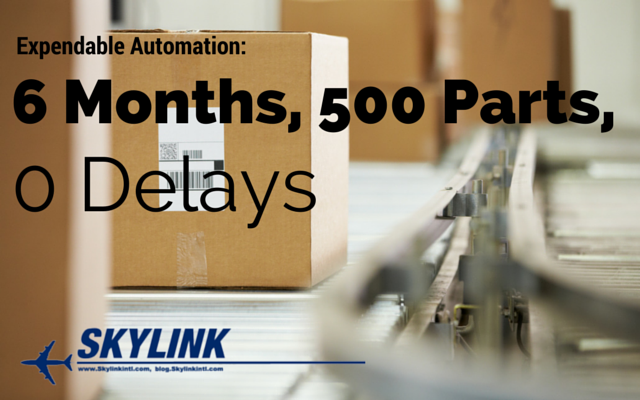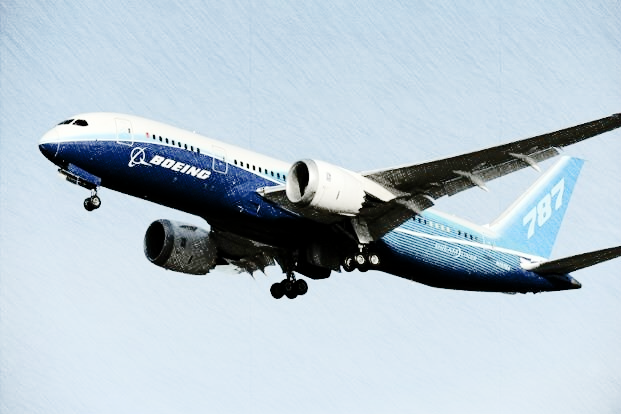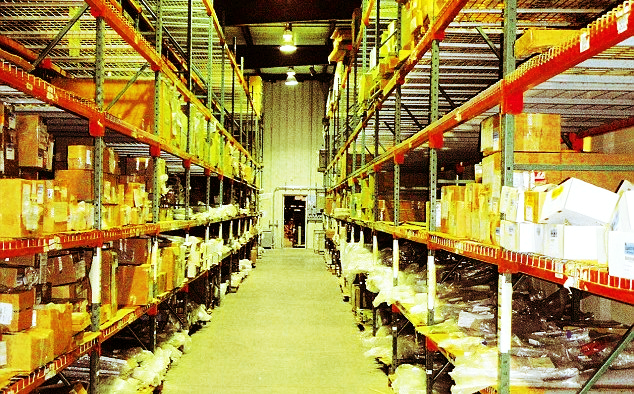Do you ever wonder how you can make aircraft consumable and expendable consumption easier? Or even automated?

No matter the price, no matter the size, no matter how many you need, even a small expendable can cause you to have an Aircraft on Ground (AOG).
These are 3 words every procurement professional never wants to hear. These words raise your blood pressure, make you sweat, and keep you up at night.
AOGs are costly occurrences that thousands of airlines experience due to consumable and expendable problems. It’s often caused by the component being out of stock, but it doesn’t stop there.
These little things can cause AOGs because of capital costs / obsolescence, logistics, or even from a failed purchasing plan.
How often does one of these create issues for you? Think about it. Once, twice, twenty times a week?
Now think of all the time and money you spend fixing these problems. It gets messy fast.
It doesn’t have to be all that bad and is incredibly simple if the right strategies are applied.
Automating your expendable and consumable consumption
I’m a huge advocate of automating certain aspects of my life.
From social media posts and blog creation, to business development and automated ERP processes, automation can be found everywhere.
And most importantly, automation is handled by people who have a greater knowledge of certain activities. Or the opportunity cost for them to do a certain task is far cheaper than what you can do it for.
A good example is the company who cleans your office. The opportunity cost is much cheaper for them to do it instead of you. Make sense?
The same goes for automating your consumable and expendable consumption.
It’s as simple as 1, 2, and 3.
- Identify high usage components and / or components you use every year.
- Send this list to your consumable management partner
- They ship these items to you on a forecasted monthly consumption rate (JIT) or they keep them in stock for On-Demand delivery.
The benefit of automating is you get On-Demand component reliability through continuous replenishment. This significantly reduces your costs of AOGs, procurement, shipping, stocking components, and out of stock scenarios.
Through automation you get aircraft consumables and expendables when you need them, where you need them, and how you need them. Direct, automated shipments can be used for one maintenance hub or 15. It doesn't matter as the program automation is designed for your unique operation.
Think about it, how will automating reduce your costs and increase your reliability?
P.S. We structure our consumable automation program around you. For more information on how we can support your needs through this program, simply fill out the contact form below!
















